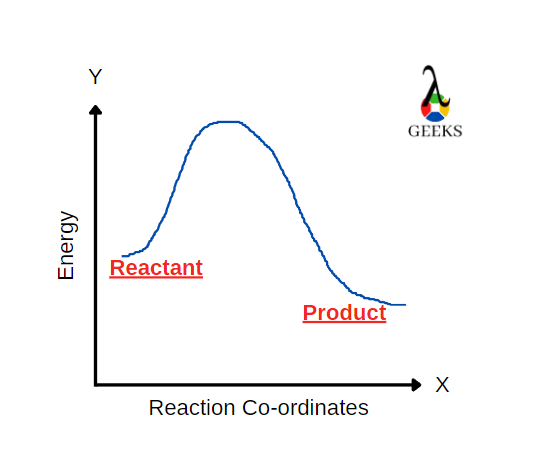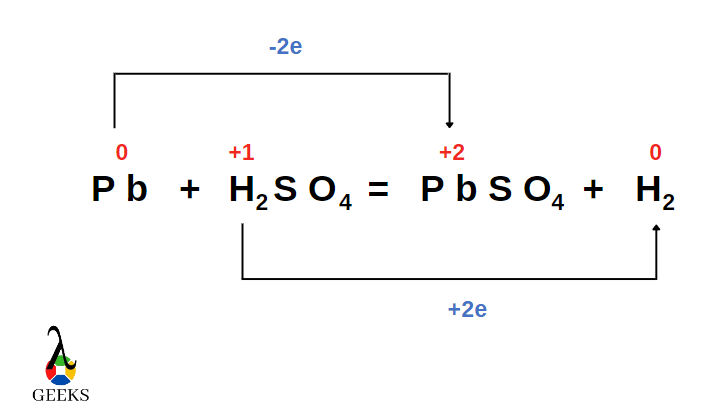Lead is a heavy and much denser than any other common material. It has shiny grey tint and is soft making it malleable. Let us take a look how Pb reacts with H2SO4.
Solid lead reacts with dilute sulphuric acid to produce hydrogen gas and precipitates of lead sulphate (PbSO4). The reaction between Pb and H2SO4 is slow and lead sulphate needs to removed side by side to make further reaction possible. Lead is very stable element therefore its endpoint of several radioactive decays.
We will be discussing some major facts like balancing chemical equation, type of reaction, reaction enthalpy and intermolecular forces etc., in this article.
What is the product of H2SO4 and Pb
H2SO4 + Pb reaction produces lead sulphate (PbSO4) and hydrogen gas is released during the process. The chemical reaction for the H2SO4 + Pb is as follows,
Pb + H2SO4 = PbSO4 + H2
What type of reaction is H2SO4 + Pb
How to balance H2SO4 + Pb
A step-by-step method to balance H2SO4 + Pb chemical equation:
- General chemical equation for the given reaction.
- Pb + H2SO4 = PbSO4 + H2.
- Checking if the atoms on the reactant side are equal to the atoms present on product side.
- Number of atoms are already equal.
- The balanced chemical equation is
- Pb + H2SO4 = PbSO4 + H2.
H2SO4 + Pb titration
Titration of H2SO4 and Pb is not feasible as it does not fall into any category of titrations where acids react with solid metals.
H2SO4 + Pb net ionic equation
The net ionic equation for the H2SO4 + Pb reaction is,
Pb (s) + 2H+ (aq.) + SO4– (aq.) = PbSO4 (s) + H2 (g).
These are the steps involved to calculate the net ionic equation;
- Note the balanced molecular equation for the reaction.
- Pb + H2SO4 = PbSO4 + H2
- Now we have to indicate state of each molecule involved in the reaction.
- Pb (s) + H2SO4 (aq.) = PbSO4 (s) + H2 (g)
- Break the ionic compounds into their respective ions to get the net ionic equation.
- Pb (s) + 2H+ (aq.) + SO4– (aq.) = PbSO4 (s) + H2 (g).
H2SO4 + Pb conjugate pairs
For the given reaction Pb (s) + H2SO4 (aq.) = PbSO4 (s) + H2 (g),
- Conjugate pair of H2SO4 = HSO4–
H2SO4 + Pb intermolecular forces
H2SO4 + Pb has the following intermolecular forces,
- Pb has metallic bonding between the atoms.
- H2SO4 contains dipole-dipole interaction and hydrogen bonding.
- Hydrogen bonding is present in H2 molecules.
H2SO4 + Pb reaction enthalpy
Reaction enthalpy for H2SO4 + Pb is -10.67 kJ/mol. It can be easily calculated by subtracting enthalpy of formation of PbSO4 and H2 from enthalpy of formation of H2SO4 and Pb.
Enthalpy of formation for the reactants and products involved are:
- Standard enthalpy of formation for Pb = 0 kJ/mol
- Standard enthalpy of formation for H2SO4 = -909.27 kJ/mol
- Standard enthalpy of formation for PbSO4 = -919.94 kJ/mol
- Standard enthalpy of formation for H2 = 0 kJ/mol
Therefore, ΔfH = (enthalpy of formation of products) – (enthalpy of formation of reactants)
ΔfH = -919.94 – (-909.27)
ΔfH = -10.67 kJ/mol.
Is H2SO4 + Pb a buffer solution
H2SO4 + Pb is not a buffer solution because H2SO4 is a strong acid. For a solution to act as buffer we need a weak acid with its conjugate base or weak base with its conjugate acid.
Is H2SO4 + Pb a complete reaction
H2SO4 + Pb is complete reaction and precipitates of PbSO4 are formed with release of hydrogen gas.
Is H2SO4 + Pb an exothermic or endothermic reaction
H2SO4 + Pb is a exothermic reaction because the enthalpy of reaction has a negative value here.

Is H2SO4 + Pb a redox reaction
H2SO4 + Pb reaction is a redox reaction, where hydrogen atom is getting reduced and lead (Pb) atom is getting oxidized.

Is H2SO4 + Pb a precipitation reaction
H2SO4 + Pb is a precipitation reaction where precipitates of lead sulphate (PbSO4). These precipitates are white in colour.
Is H2SO4 + Pb reversible or irreversible reaction
H2SO4 + Pb is irreversible reaction as the precipitates of lead sulphate and hydrogen gas cannot be dissolved back through any process.
Is H2SO4 + Pb displacement reaction
H2SO4 + Pb is single displacement or substitution reaction.
Conclusion
In the end we can conclude through the article that lead and sulphuric acid reacts in a very slow with formation lead sulphate precipitates which also slows down the reaction and needs to be removed as reaction proceeds.

Hi, I am Sahil Singh. I completed my graduation in Bachelor of Science. I always have keen interest in Physics & Chemistry. I worked on my own blog for 1 year in the technology and gaming niche. I try my best to provide valuable knowledge through my articles.
You can reach out to me on LinkedIn: